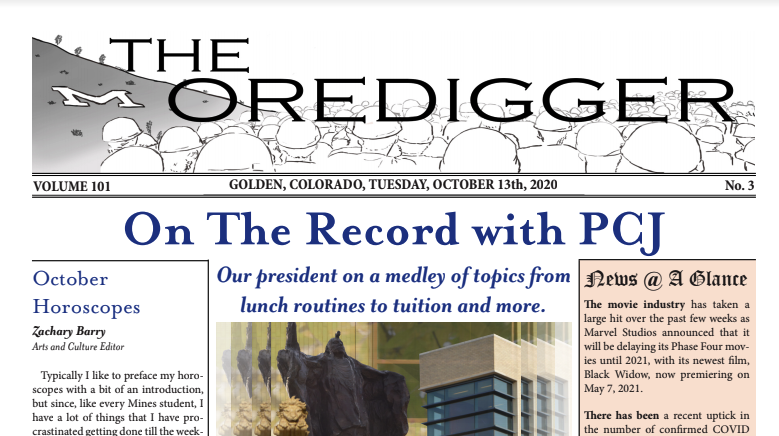There are two words sure to elicit a special kind of fear in astronomers: light pollution. While weather and other natural phenomena have cut short the star gazing dreams of many astronomers, both amateur and professional, these deterrents are passing. Light pollution on the other hand is much more permanent. At the dawn of civilization, stars peppered the skies in a way that is hard to imagine outside of places like Death Valley and the heart of Africa. To our ancestors on the plains of Africa, stellar features were more than prevalent. On nights where the moon wasn’t flooding the skies with its ethereal light, the Milky Way served as a backbone to the night and stellar clouds that we can only see today with long exposure shots served as a haunting miasma to the imaginations of our past.
Well into the 18th century, the skies were still open frontiers to the imagination. There are several reports of notable natural philosophers debating why there were blue streaks through the Pleiades, a feature that can only be seen these days with a telescope. It was when the industrial revolution began that the stars began to fade. Oil and gas lights were not much competition with the heavens alone, but in great numbers, even these lights had their effect. By the time of electricity, in many cities it became necessary to put up planetariums to highlight the stars that could not be seen. In places such as New York and London, seeing more than a few stars is a rare sight. In even more gaudy cities such as Las Vegas, stars may be a figment of the past.
This slow fade of the skies from our viewpoint is not just limited to the big cities. As the schedule of humanity breaks beyond the typical day and night schedule, lights are on much later and advertising is cranked up to higher levels to attract humans like moths. If there is only one benefit from this, it is the vision of the Earth at night from space, a starscape inverted upon itself. There are a depressing few places where the true nature of the stars can be seen. Desolate places such as Death Valley can serve as windows to the past, provided aerial pollution doesn’t find its way out of nearby cities. Golden is fairly lucky. The light of Denver washes out the awe-inspiring features to the east, but the Table Mountains serve as barriers to an extent, and on a good moonless night, faint galaxies can be seen dancing amidst the cloudy Milky Way.
There are ways to prevent light pollution. Every light has its impact on the whole, and while an errant porch light left on may just be a drop in the bucket, the whole bucket is filled with seemingly trivial drops. Many cities have astronomy petitions asking for smarter lamps that point down rather than spread light uselessly up. While light is necessary for humanity, it is not necessary to wash out the beauty of the skies. So give a hoot, don’t light pollute.



'The Skies Above Mines: The Lack of Stars Above Mines' has no comments
Be the first to comment this post!